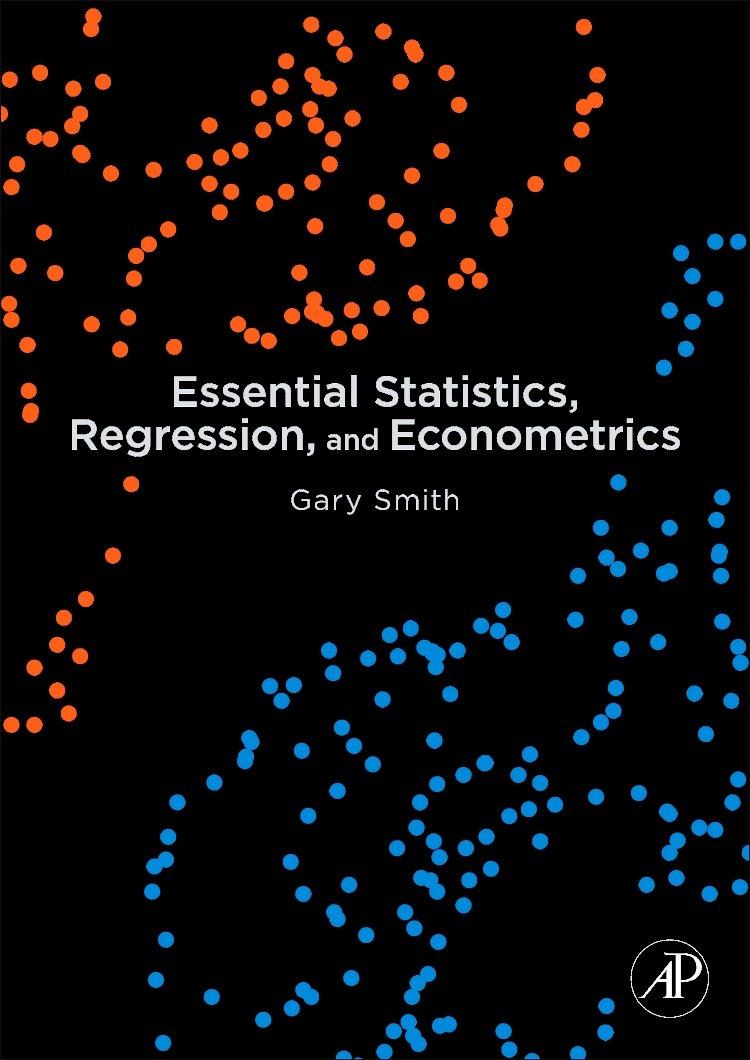Before 1996, the Environmental Protection Agency (EPA) concluded that secondhand smoke poses a cancer risk if a
Question:
Before 1996, the Environmental Protection Agency (EPA) concluded that secondhand smoke poses a cancer risk if a 95 percent confidence interval for the difference in the incidence of cancer in control and treatment groups excluded 0. In 1996, the EPA changed this rule to a 90 percent confidence interval [31]. If, in fact, secondhand smoke does not pose a cancer risk, does a switch from a 95 percent to a 90 percent confidence interval make it more or less likely that the EPA will conclude that secondhand smoke poses a cancer risk? Explain your reasoning.
Fantastic news! We've Found the answer you've been seeking!
Step by Step Answer:
Related Book For 

Essential Statistics Regression And Econometrics
ISBN: 9780123822215
1st Edition
Authors: Gary Smith
Question Posted:





